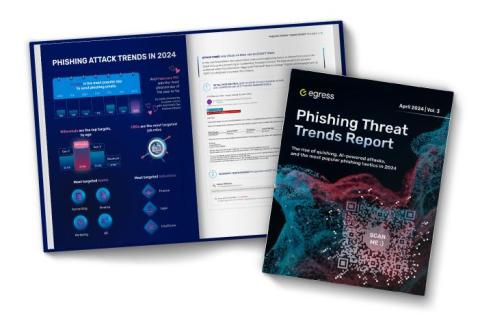Malicious Insider Threats: How To Detect & Prevent Attacks
Data breaches and external threats are concerns for any security professional, but the most catastrophic security vulnerabilities often originate from malicious insider threats. This is not just an issue, it’s a pressing and immediate concern that demands our utmost attention. Here, we identify how to spot a malicious insider and provide proven strategies for preventing insider threats with technology-based solutions to protect your organization.










